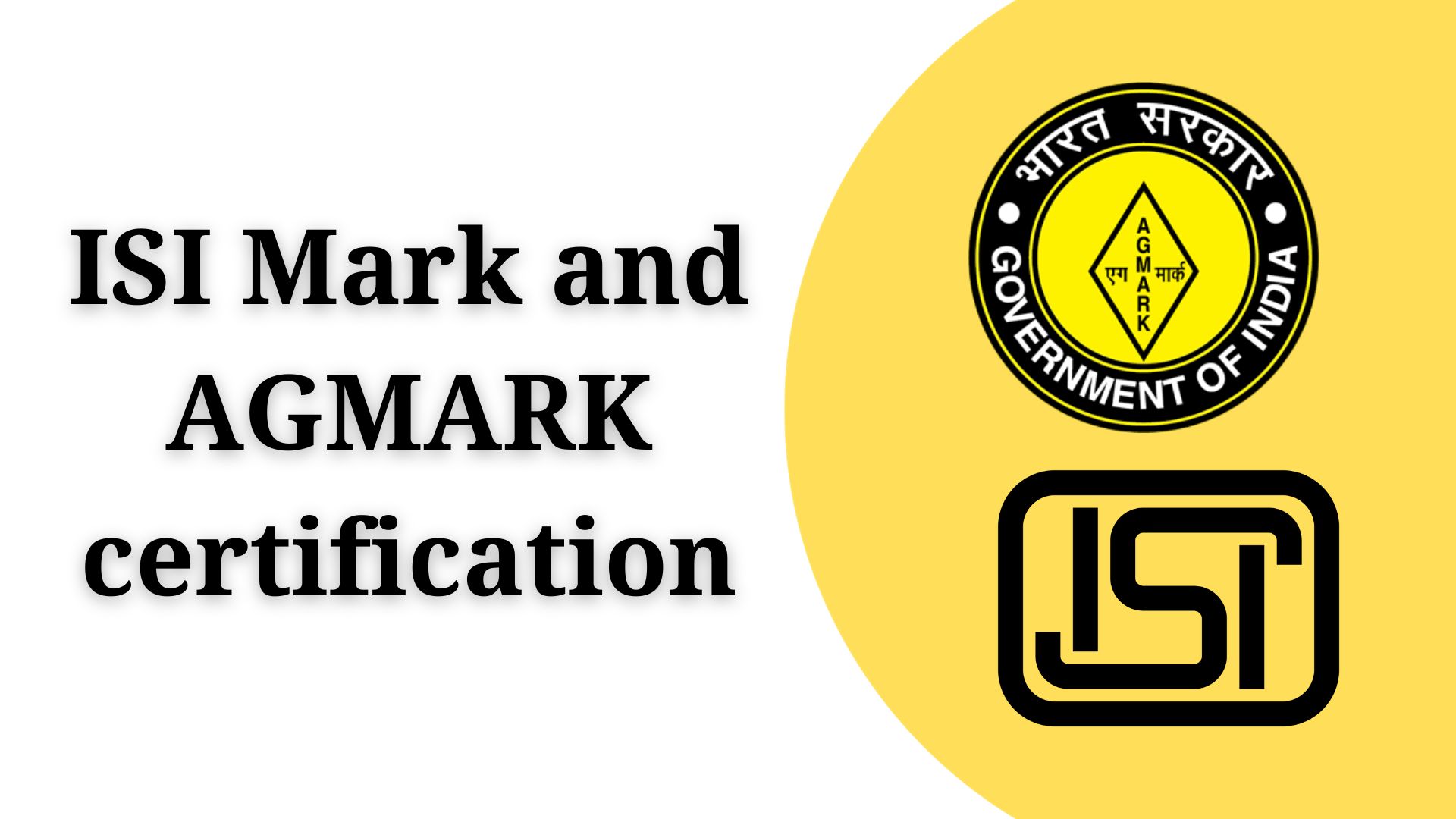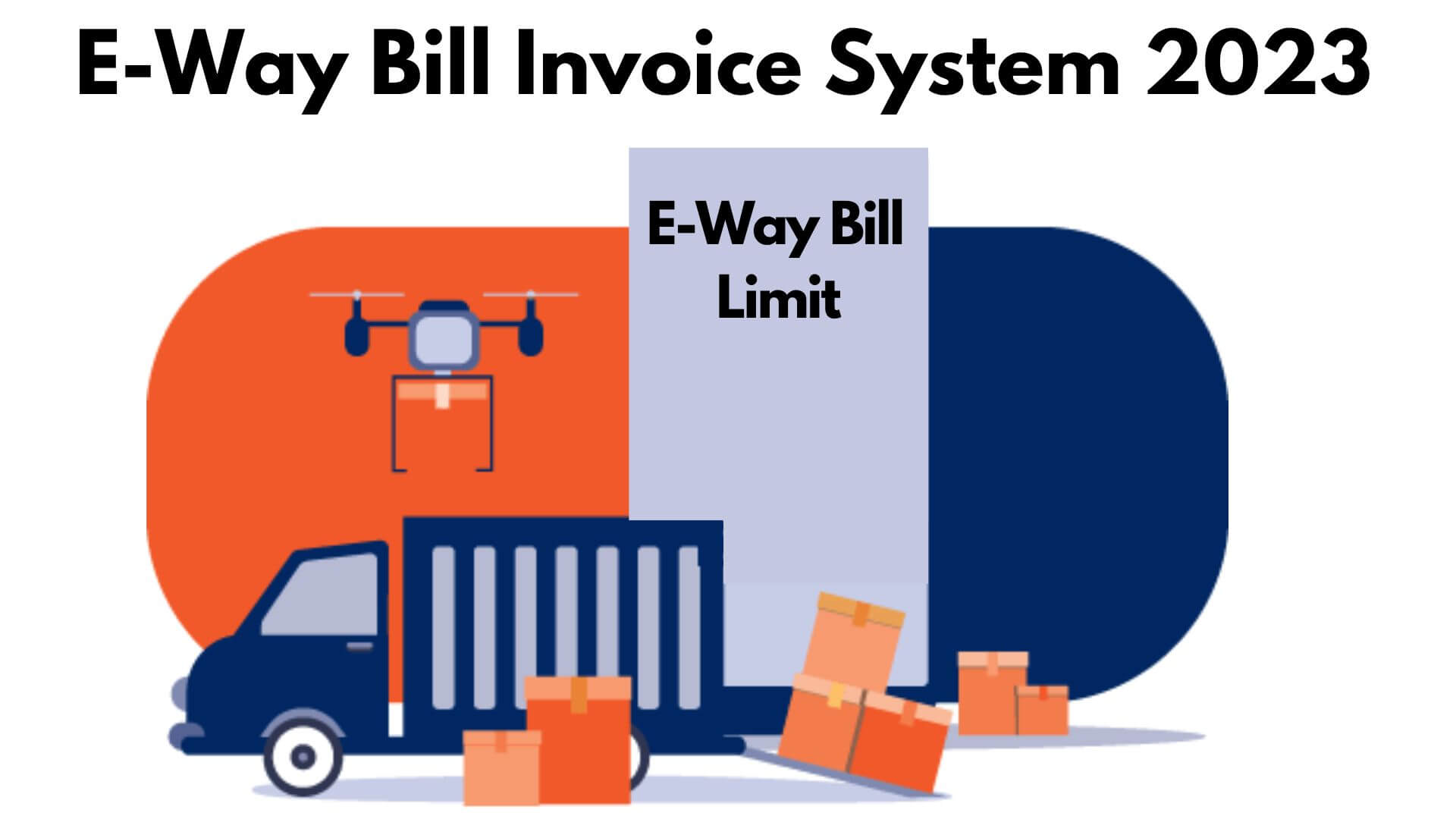Mutual Consent Divorce
Mutual Consent Divorce is when both a couple mutually agree that they cannot live together anymore and that the best solution being Divorce, they would present a Mutual Divorce petition jointly before the honorable court, without charges any allegations against each other.
Overview of Mutual Consent Divorce
A Mutual Divorce in India is a legal process that allows spouses to end their marriage without any fault-finding or blame. It is based on the principle that both parties agree to the terms of the divorce, such as division of assets, child custody, alimony, etc. A mutual consent divorce can be faster, cheaper, and less stressful than a contested divorce, as it avoids litigation and court hearings. However, a mutual divorce in India also requires cooperation and communication between the spouses, as well as a willingness to compromise and negotiate. A Mutual Consent Divorce in India may not be suitable for cases where there is domestic violence, abuse, fraud, or coercion involved. To obtain a mutual divorce, the spouses must meet certain requirements, such as living separately for a specified period, filing a joint petition for divorce, attending counseling sessions, and submitting a settlement agreement to the court. The court will then review the agreement and grant the divorce if it finds it fair and reasonable.
Steps Involved In Mutual Consent Divorce in India
Divorce by mutual consent, also known as uncontested divorce, is a legal process where both spouses agree to end their marriage without any major disputes or disagreements. The specific steps involved may vary depending on the jurisdiction, but here are the general steps involved in a divorce by mutual consent:
- Consultation with an attorney: Both spouses should consider consulting with separate attorneys to understand their rights, obligations, and legal options regarding the divorce. While not required, having legal representation can ensure that your interests are protected during the process.
- Filing a joint petition: In most cases, both spouses will need to jointly file a petition for divorce by mutual consent. This petition will outline the agreement reached by both parties regarding child custody (if applicable), division of assets, spousal support, and any other relevant issues.
- Separation period: Some jurisdictions may require a mandatory separation period before the divorce can be finalized. During this time, the couple must live separately and independently. The duration of this separation period may vary depending on the location.
- Affidavit or statement: Both spouses may need to sign an affidavit or a statement affirming that they are filing for divorce by Mutual Consent Divorce in India willingly and without coercion or duress.
- Parenting plan (if applicable):If the couple has children, they will need to create a parenting plan detailing custody, visitation, and child support arrangements.
- Division of assets and liabilities: Both spouses will need to agree on the division of their marital assets and liabilities. This can include property, bank accounts, investments, and debts.
- Spousal support (if applicable): If one spouse is entitled to spousal support, the amount and duration of support should be agreed upon and settled in a mutual divorce in India.
- Review and approval: The court will review the joint petition and the agreed-upon terms. If everything is in order and fair to both parties, the court may approve the divorce settlement.
- Finalize the divorce: Once the court approves the divorce settlement, the divorce decree will be issued, and the marriage will be legally dissolved.
Required Documents for Mutual Divorce in India
The required documents for a Mutual Divorce in India can vary depending on the jurisdiction and country where the divorce is being filed. However, some common documents often required in such cases include:
- Joint Petition for Divorce: This is a formal written request signed by both spouses, stating their mutual consent to obtain a divorce.
- Marriage Certificate:: A copy of the marriage certificate is typically needed to establish the legal existence of the marriage.
- Proof of Identification: Both spouses will need to provide valid identification, such as a passport, driver's license, or government-issued ID.
- Proof of Address: Utility bills or other documents showing the current addresses of both spouses may be required.
- Marriage Photos: Some jurisdictions may request photographs of the couple together as evidence of their marriage.
- Financial Documents: Information about the couple's assets, debts, income, and expenses may be necessary to determine property division and support arrangements.
- Child Custody and Support Agreement (if applicable): If the couple has children, they may need to submit a written agreement regarding child custody, visitation, and child support arrangements.
- Settlement Agreement: A written agreement detailing how the couple plans to divide their assets, liabilities, and any other responsibilities after the divorce.
- Affidavits or Sworn Statements: Some jurisdictions may require both spouses to submit individual affidavits or sworn statements confirming their consent to the Mutual Divorce.
- Notarization: Certain documents may need to be notarized to verify their authenticity.
FAQ's On Mutual Divorce in India.
Mutual consent divorce is a type of divorce where both the spouses agree to end their marriage peacefully and amicably. It is based on the principle that the parties have the right to decide their own fate and dissolve their marriage without any coercion or interference from others.
The documents required for mutual consent divorce may vary depending on the jurisdiction and the specific circumstances of the case. However, some of the most commonly necessary papers are as follows:
- Identity proofs of both the spouses
- Proof of residence or domicile of both the spouses
- Proof of income and assets of both the spouses
- Statement of mutual consent signed by both the spouses.
- Affidavit stating the reasons for seeking divorce and confirming that there is no possibility of reconciliation.
- Any other document that may be relevant to the case, such as child custody agreement, maintenance agreement, property settlement agreement, etc.
It is not mandatory to hire a lawyer to file a divorce, but it is advisable to do so. A lawyer can help you understand your legal rights and obligations, draft and review the necessary documents, represent you in court, negotiate with the other party, and protect your interests. A lawyer can also help you avoid any mistakes or delays that may affect your case.
Some of the advantages related to Mutual Consent Divorce are:
- It is less costly and speedier than a disputed divorce.
- It reduces the acrimony and bitterness between the parties and preserves their dignity and privacy.
- It allows the parties to decide their own terms and conditions of settlement, such as division of assets, maintenance and alimony, custody, and visitation of children, etc.
- It minimizes the trauma and stress for the children and helps them cope better with the situation.
The criteria to decide the child custody and support in mutual consent divorce is primarily based on the best interest and welfare of the child. The court may consider a variety of considerations, including:
- The child's age, gender, health, and personality.
- The emotional attachment and relationship of the child with each parent
- The educational, social, and cultural needs of the child
- Each parent's financial situation and stability
- The child's preference, if he or she is mature enough to voice it
- The impact of any change in environment or lifestyle on the child
The court may grant joint custody or sole custody to either parent depending on these factors. The court may also order either parent to pay child support to meet the expenses of education, health care, recreation, and other needs of the child.
The procedure to file an application for Mutual Divorce is as follows:
- The spouses should be living separately for at least one year and should have mutually agreed to end their marriage.
- The spouses should file a joint petition in the family court of their jurisdiction, along with an affidavit stating the reasons for seeking divorce and the terms of settlement regarding alimony, child custody, maintenance, etc.
- The court will issue a notice to both the parties and fix a date for the first motion hearing, where the spouses will have to appear and confirm their consent for divorce.
- The court will then grant a six-month cooling-off period, during which the spouses can try to reconcile or withdraw their petition.
- After the expiry of the cooling-off period, the spouses will have to file a second motion petition and appear before the court again to restate their consent for divorce.
- The court will then verify the documents and statements of the parties and pass a decree of divorce, dissolving their marriage.
The wife can claim various rights and reliefs in mutual divorce in India, such as:
- Alimony: A lump sum or periodic payment made by one spouse to another for their maintenance and support after divorce. The amount and duration of alimony depend on various factors, such as the income, assets, liabilities, needs, and lifestyle of both the parties.
- Child custody: The legal right and responsibility to take care of and make decisions for the minor children after divorce. Custody can be joint or sole, depending on the best interest of the child and the agreement of the parents.
- Child support: A financial obligation imposed on one parent to contribute to the expenses of raising and educating their minor children after divorce. The amount and frequency of child support depends on various factors, such as the income, resources, needs, and standard of living of both the parents and the child.
- Property division: The distribution of the marital assets and debts between the spouses after divorce. The property division can be based on mutual agreement or legal principles, such as community property or equitable distribution.

Adv. Manish Kashyap
7 years Experience
Dwarka sector 13, Delhi
Practice area & skills : Family Dispute, Cheque Bounce, Property, Criminal and IPR

Adovcate Name
15 years Experience
Kailash Hills, Delhi
Practice area & skills : Arbitration, Cheque Bounce, Child Custody, Criminal and more+

Adovcate Name
15 years Experience
Kailash Hills, Delhi
Practice area & skills : Arbitration, Cheque Bounce, Child Custody, Criminal and more+

Fill Up Application Form

Make Online Payment

Executive will Process Application

Get Confirmation on Mail
What Our Clients Say
associated with
























